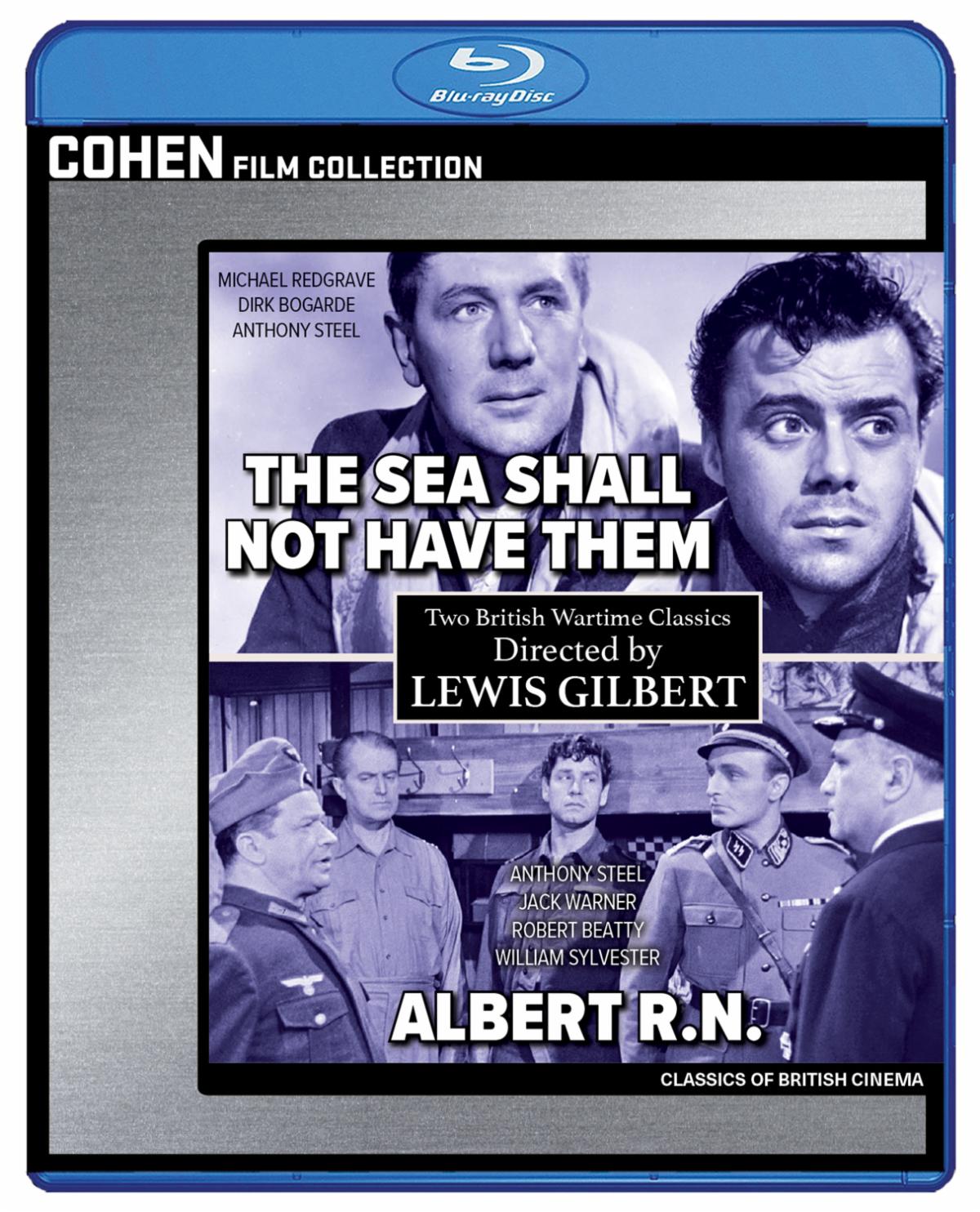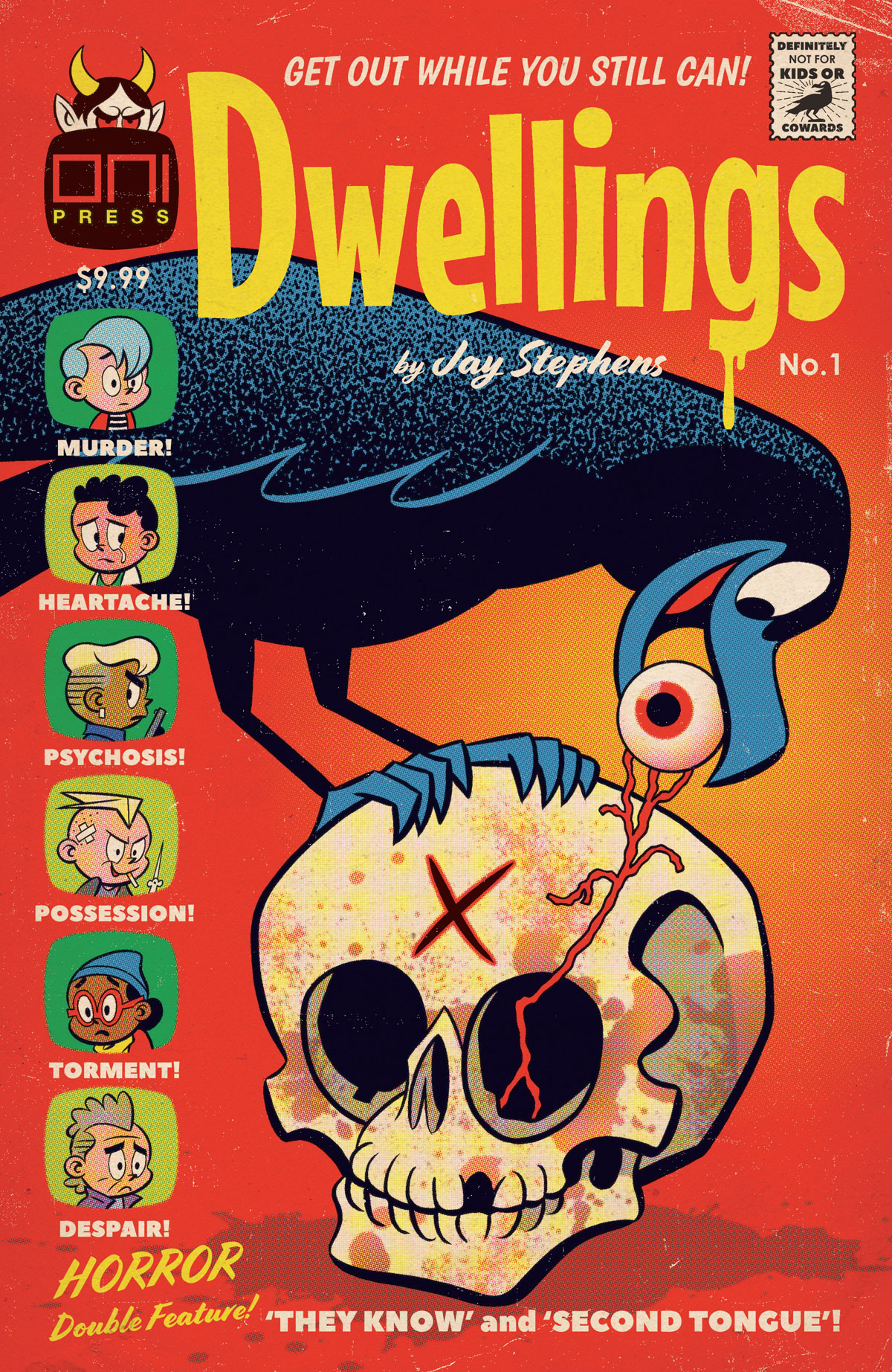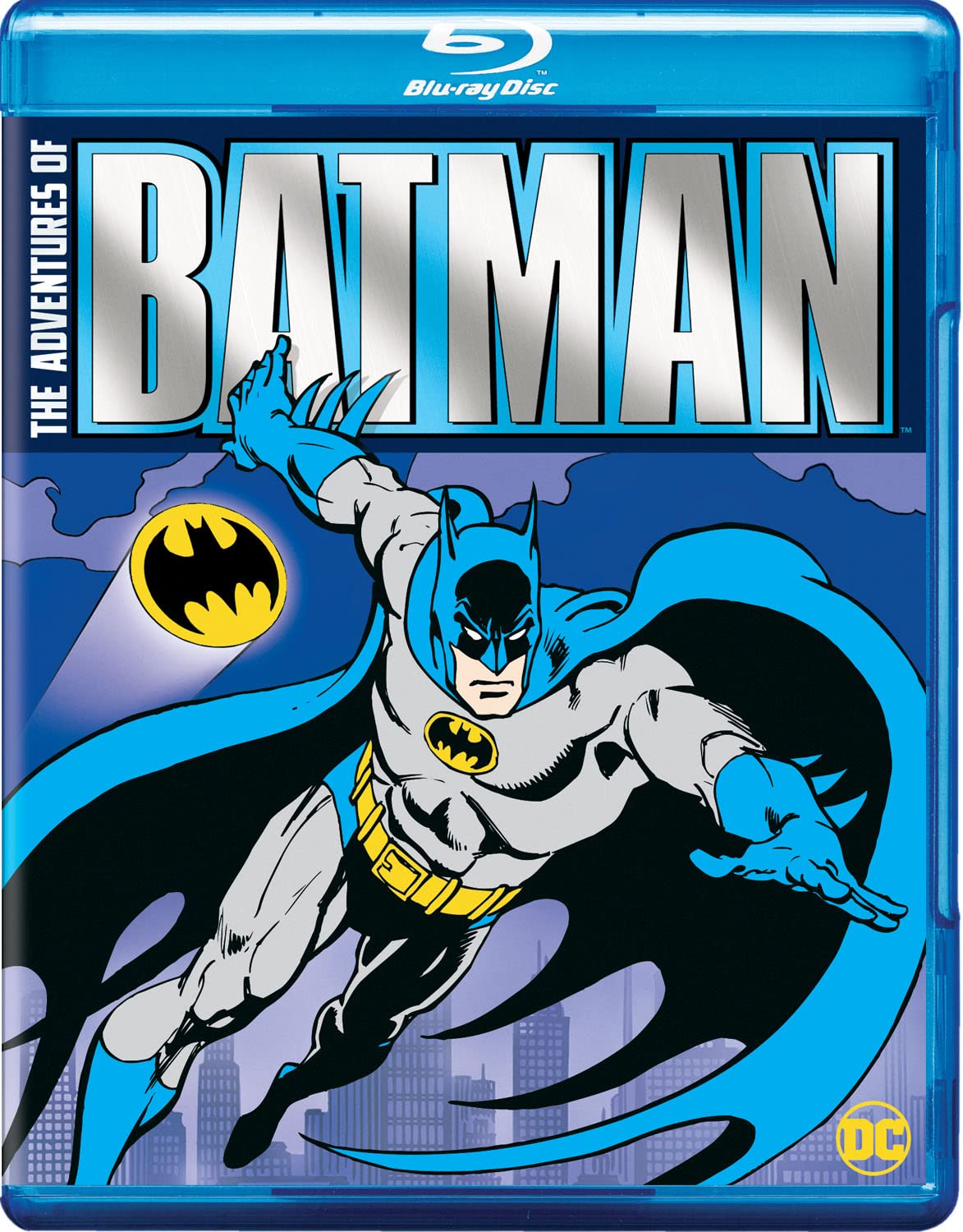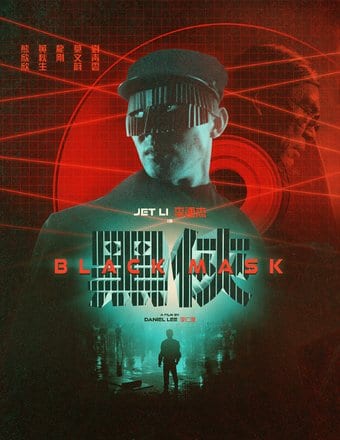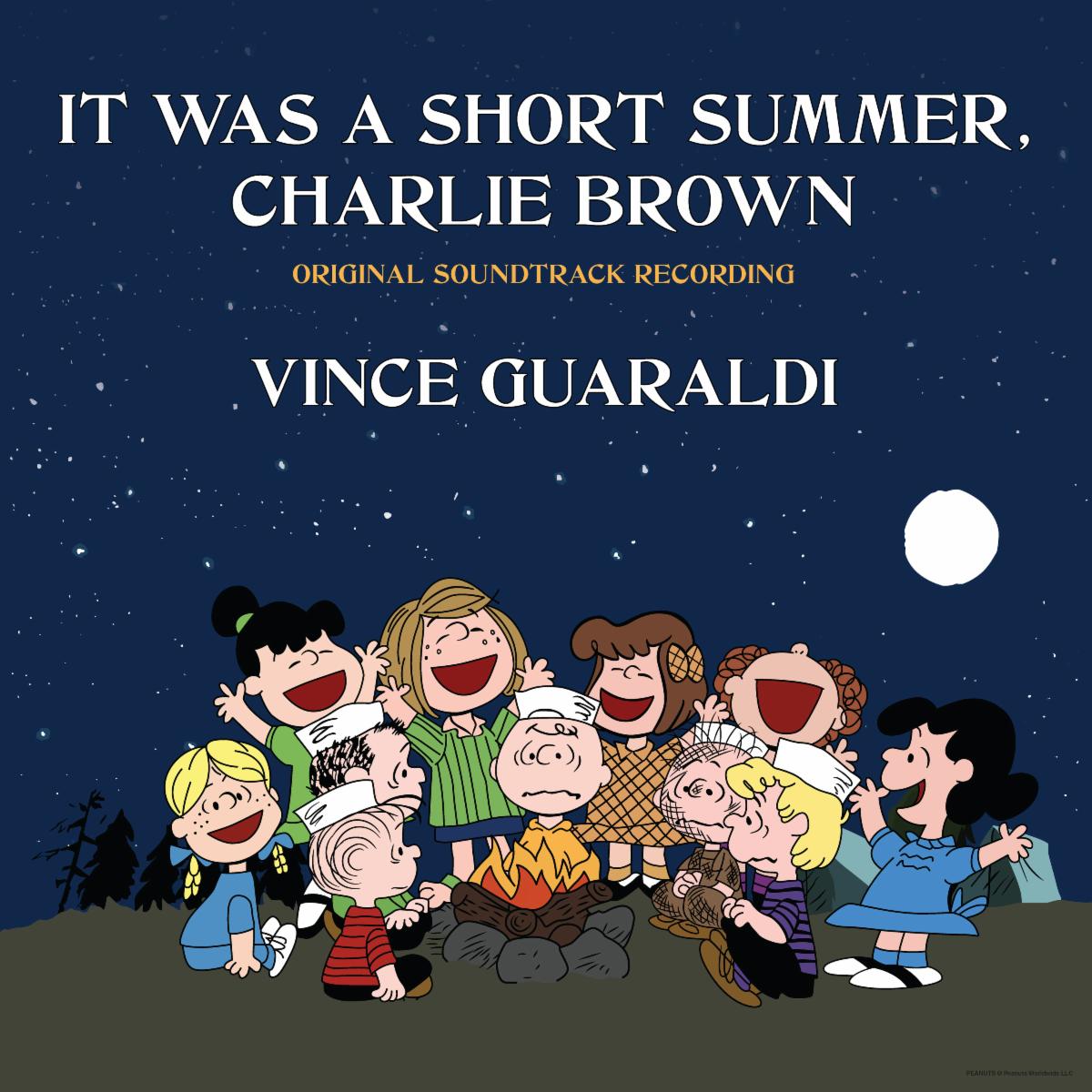
It goes without saying that Charlie Brown is one of the most well-known and beloved pop culture figures in America and possibly the world. The creation of the late great Charles Schulz, he has garnered so much fame because he is that epitome of never giving up even despite everything that had happened to him. Thanks to Warner Brothers distribution, the Charlie Brown television specials and movies featuring that lovable “blockhead” (As Lucy Van Pelt loved to call him) have helped keep his legacy alive. Now next month, the soundtrack to one of those TV specials — It Was a Short Summer, Charlie Brown — will see the light of day as its own standalone release courtesy of Lee Mendelson Film Productions. Sadly, that special has only ever been released as part of the Peanuts 1960s Collection on DVD. That limited release of said special is a topic for a later discussion. Getting back on the subject at hand, this soundtrack is scheduled for release April 20 (Record Store Day). The soundtrack to what is one of the lesser-known Peanuts TV specials, it is the second of its ilk to be released by LMFP in less than a year, what with the soundtrack to the far more well-known A Charlie Brown Thanksgiving having been released this past October through the company. As with that soundtrack, this latest offering from LMFP is of note in part because of its primary content, its musical material. This will be addressed shortly. The liner notes that accompany the compilation add to the appeal of the presentation and will be discussed a little later. The collection’s production rounds out its most important elements and will also be examined later. Each item noted here is important in its own way to the whole of this collection. All things considered they make the forthcoming release of It Was a Short Summer, Charlie Brown’s soundtrack a work that Peanuts fans and jazz fans alike are sure to love.
Lee Mendelson Film Productions’ forthcoming release of the soundtrack to It Was a Short Summer, Charlie Brown, is a welcome addition to this year’s field of new soundtrack releases. Being attached to what is itself a hard-to-find and lesser-known Peanuts TV special, this blast from the past is not note in part because of its musical content. The songs featured in this collection are unlike those of any other Peanuts soundtrack because unlike those specials’ music, these songs are more cues than actual songs. This is actually outlined in the liner notes crafted by author Derrick Bang, who wrote the biography, Vince Guaraldi at the Piano. The cues run in length from as little as 23 seconds to barely topping the 2-minute mark. In listening to the songs, the cues are obvious, given how some of the arrangements end. It really is an interesting change of style from what most people know from the Peanuts soundtracks. On another note, audiences also get some equally interesting takes on some familiar songs, the most well-known of which being the famed ‘Linus and Lucy Theme.’ Most people know the original with its steady shaker, piano, and light, steady time keeping on the drums. It runs just over three minutes. The first take here runs just over one minute and is mostly similar to the original composition, but is different in that does not include all of the improv approach featured in the original composition.
On a similar note, ‘Linus and Lucy (Reprise)’ is far shorter, obviously just being a cue while the bonus alternate take of the reprise is even shorter at only 24-seconds. The approach taken on the piano here is so distinctly different from its counterparts, being so much more percussive in its approach. There is almost much more prominence of horns in this brief cue that makes it stand out even more. When it is compared to the initial reprise and the other theme, the trio give listeners plenty to appreciate in itself.
On yet another note, far more audiences might recognize the ‘Charlie Brown Theme,’ which opens the recording, as it was used later the same year this special was released in the first-ever Peanuts movie, A Boy Named Charlie Brown. This is also discussed in the soundtrack’s liner notes. Staying on that note, the later entry, ‘Frieda (With The Naturally Curly Hair),’ is just as familiar. It was also used in other Peanuts TV specials even when Frieda was not on screen. The subtle use of the vibraphone to accent the song in its closing bars and the light cool jazz approach on the piano pairing with the horns makes the whole so fun. On yet another six-degrees, audiences will note in the ‘Bon Voyage’ cue, the opening bars – played on piano – certainly sound a lot like the arrangement used in the main theme for It’s The Great Pumpkin, Charlie Brown. Though that only lasts a brief moment before giving way to something ever so slightly different. It is yet another point of interest that continues to show the overall importance of the collection’s musical (primary) content. When all of the music examined here is considered along with the rest of the music featured throughout the set, the whole leaves no doubt as to the engagement and entertainment that the compilation’s musical content will bring.
The musical content that makes up the main body of It Was A Short Summer, Charlie Brown’s soundtrack is only part of what makes it enjoyable. The liner notes that accompany the recording make for their own engagement and entertainment. As noted previously, the primary liner notes (there are more than one set of liner notes) were penned by author Derrick Bang. Bang makes a variety of interesting revelations throughout his commentary. Perhaps the most intriguing revelation is just how close things came to the special not even happening because the soundtrack was added so late in the game (so to speak). Staying on that note, Bang also points out that the special’s name was changed by a single word (it went from being It IS A Short Summer, Charlie Brown to It WAS a Short Summer, Charlie Brown) because the special almost did not make its air date, according to Bang’s notes. The whole story will be left for audiences to read for themselves. It is interesting to say the least. Thanks to things happening behind the scenes, the whole story had to be re-written, leading to the title being changed, too. It really is an insightful look at the special’s creation.
Along with all of that background, Bang also provides audiences a quite in-depth examination of the songs themselves. As pointed out earlier, Bang makes note of how the ‘Charlie Brown Theme’ would go on to be used in A Boy Named Charlie Brown in that examination. He also points out the melodies and countermelodies used in ‘He’s Your Dog, Charlie Brown’ (which itself was used a year prior in the TV special of the same name) as part of his overall examination. In addition, Bang also discusses the bonus alternate takes and much more throughout his writings. The whole therein makes for so much enlightenment through the engagement and entertainment that it ensures.
Staying on the matter of the liner notes, Bang’s are not the only musings included herein. Lee Mendelson’s own son, Jason Mendelson, offers his own commentary. The younger Mendelson points out that this soundtrack and that for A Charlie Brown Thanksgiving were actually the product of many soundtrack tapes being discovered during the COVID-19 pandemic by himself and others working for Lee Mendelson Film Productions. Jason’s brother, Sean Mendelson, also offers commentary as part of the liner notes. Sean writes in his portion, his favorite songs from this soundtrack and gives his own brief insight into the songs featured here. Between his musings, those of his brother and those of Bang, the collective liner notes included in this soundtrack give listeners even more reason to appreciate the overall presentation.
Those liner notes, together with the music are more than enough reason for audiences to add this set to their libraries but are still not all that is to be appreciated. The recordings are solid and seamless throughout the recording from one to the next. The performance of each musician in each song compliments that of his fellow musician and each performance is balanced behind the boards, too. The result is an overall recording whose sound – through its production – is just as appealing as its music. To that end, the aesthetic aspect of this recording proves just as important as its content. All things considered, the soundtrack to It Was a Short Summer, Charlie Brown proves another great addition to this year’s field of new soundtracks and hopefully not the last Peanuts soundtrack to come from Lee Mendelson Film Productions.
Lee Mendelson Film Productions’ forthcoming soundtrack to the 1969 Peanuts TV special, It Was a Short Summer, Charlie Brown is a wonderful new offering from the company that will appeal to so many listeners. That is due in part to its featured songs. The songs are largely unlike those of so many Peanuts soundtracks. That is because they are more song cues than actual songs, unlike the music to those other specials and Peanuts movies. They are also very familiar (to a point) since some of the songs are and were used in other Peanuts features. They are their own collectively enjoyable works. The liner notes that accompany the recording make for their own share of appeal because of the insight that they offer into the music and the special itself. The recording’s production rounds out its most important aspects, providing such a great aesthetic for the presentation. Each item examined is important in its own way to the whole of the recording. All things considered they make the soundtrack to It Was a Short Summer, Charlie Brown another great offering from Lee Mendelson Film Productions and hopefully not the last.
The soundtrack to It Was a Short Summer, Charlie Brown is scheduled for release April 20 as part of the annual Record Store Day celebrations. More information on this and other titles from Lee Mendelson Film Productions is available at https://mendelsonproductions.com.




